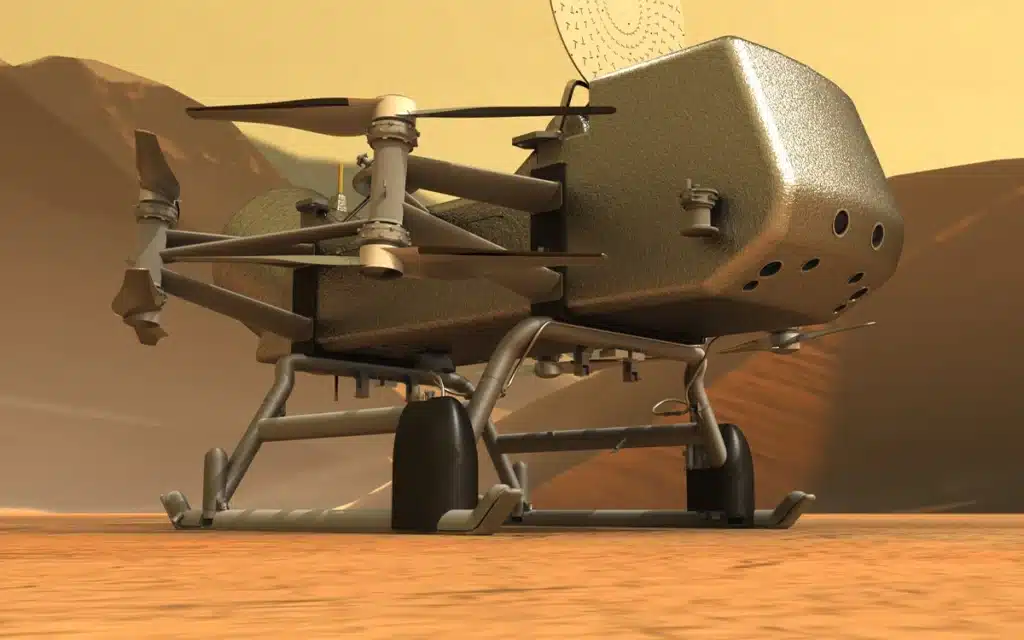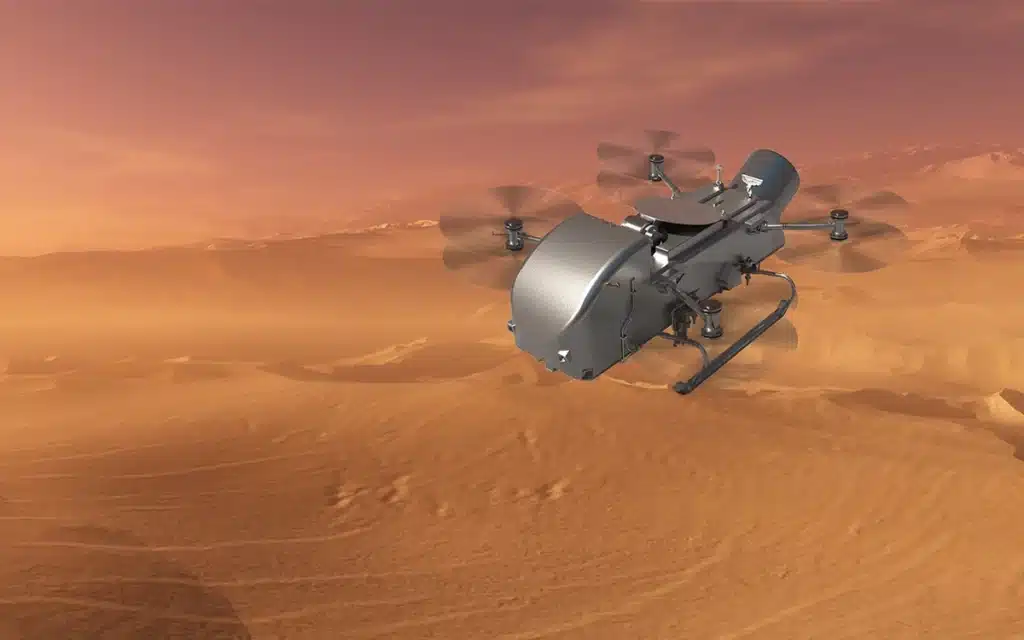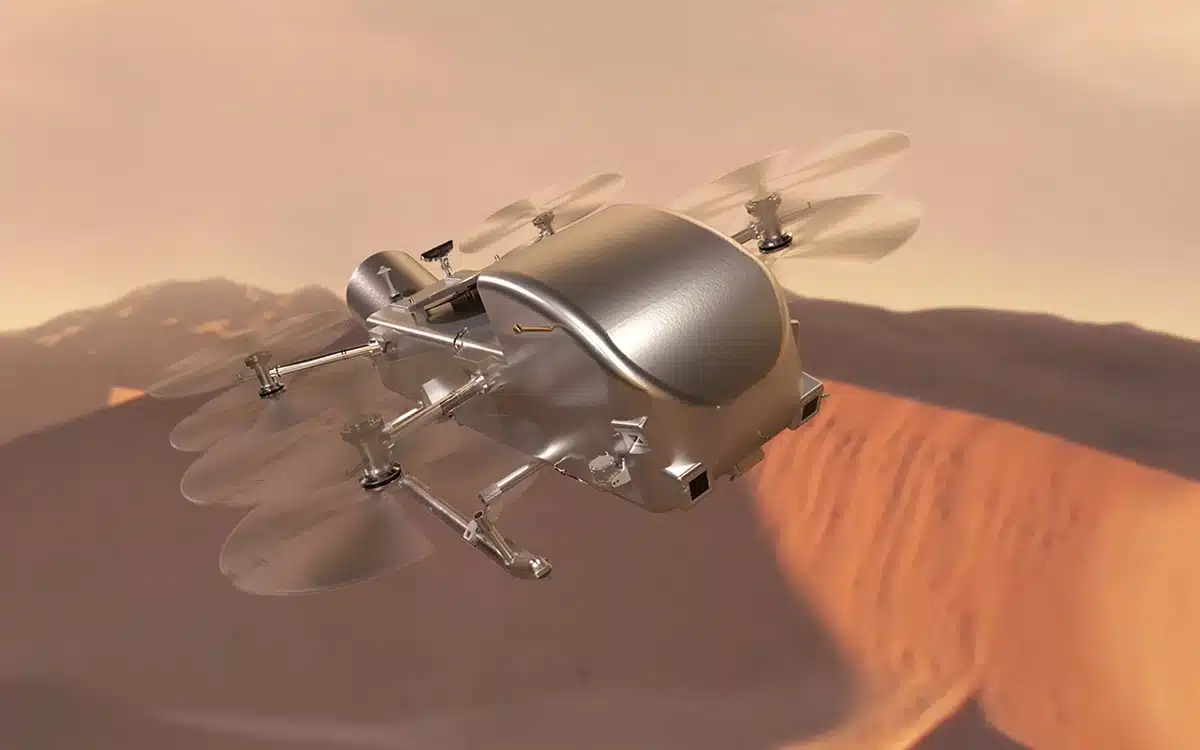NASA to fly nuclear-powered Dragonfly drone on Saturn’s Titan moon
- NASA finally got the green light for its Dragonfly drone mission
- The rotorcraft will travel to Saturn’s largest moon, Titan
- There, it will study various parts of the moon’s surface
Published on Apr 20, 2024 at 3:45 PM (UTC+4)
by Siddharth Dudeja
Last updated on Apr 22, 2024 at 8:27 PM (UTC+4)
Edited by
Nalin Rawat
NASA finally got the green light and major support to send its Dragonfly drone to Saturn’s largest moon, Titan.
Saturn has a total of 146 moons, with Titan being the biggest of all of them.
With this approval, the space agency will resume the development of the DragonFly drone-like lander.
READ MORE: Extraordinary footage reveals interior of world’s most peculiar aircraft Super Guppy
Before this, NASA had put the project on hold, as it was pending certain approvals.
And now, the mission will resume with the design, construction, and testing of the Dragonfly rotorcraft.
However, that is going to take a while to complete.
This is why NASA has a July 2028 target in mind for launching the spacecraft.
If everything goes according to plan, Dragonfly will reach Titan, sometime around 2034.

But what is this mission all about?
Dragonfly will make use of NASA’s rotorcraft technology to study the organic material of Titan.
There are a lot of ‘ifs’ involved, but this could also become a means to finding signs of extra-terrestrial life on Saturn’s moon.
“Dragonfly is a spectacular science mission with broad community interest, and we are excited to take the next steps on this mission,” Nicky Fox, associate administrator, Science Mission Directorate at NASA HQ, said in a statement.
They added, “Exploring Titan will push the boundaries of what we can do with rotorcraft outside of Earth.”
When it reaches Titan, it will survey various locations of the moon to study the surface.

Moreover, it will be NASA’s first-ever drone to fly on a celestial body other than Mars and Earth.
While the space agency already has a rover and a helicopter on Mars, this will be a longer journey.
The Dragonfly mission successfully passed all criteria of a preliminary design review, but there were some complications.
The mission team was asked to fit the project under a specified budget, which they did later.
And now, the mission team has final approval with a total budget allocation of $3.35 billion.
That’s a lot of money — but it’s necessary for a space mission as huge as this one.
DISCOVER SBX CARS: The global premium car auction platform powered by Supercar Blondie






